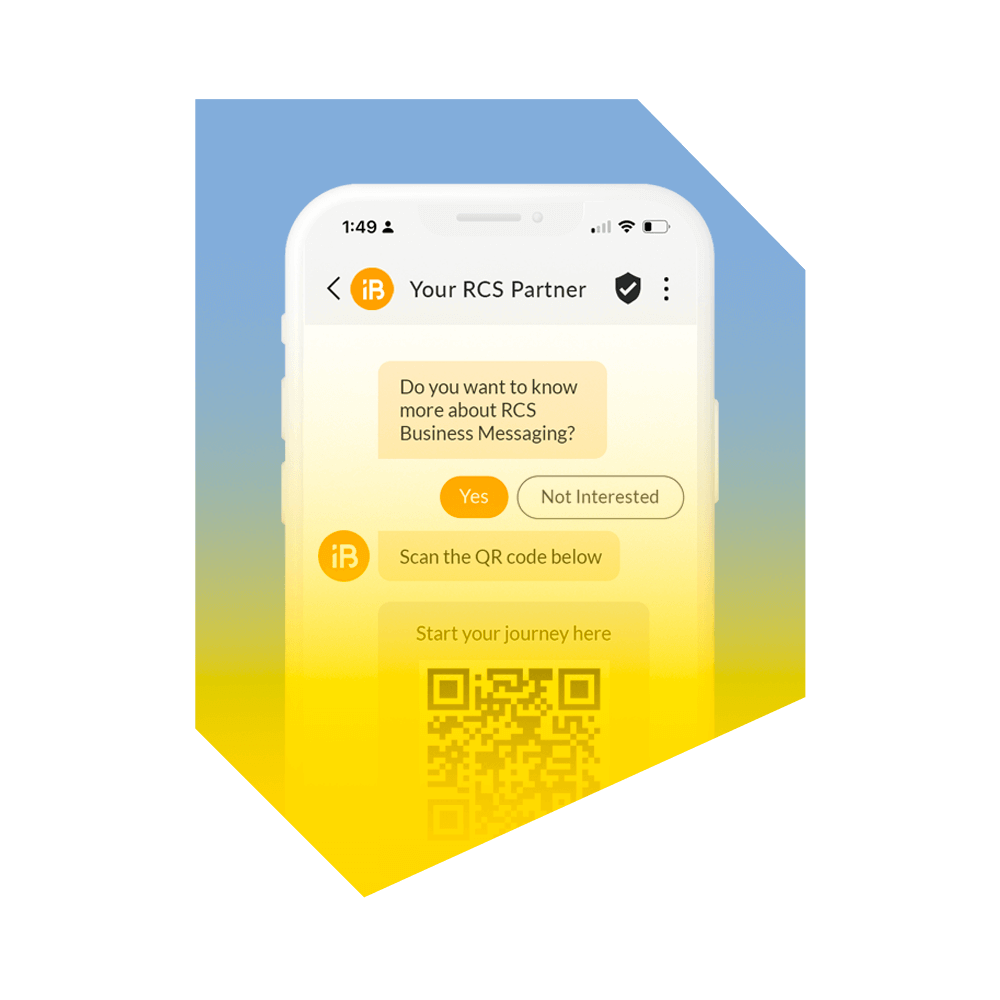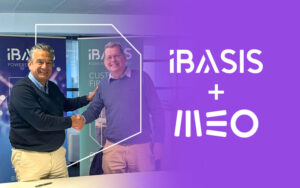At first sight mobile operators can be afraid of transitioning to the new LTE/IP core network and feel they don’t have time for adding such complex operations to their tight schedule. That’s why the iBasis engineering and operation teams have developed a migration guide to facilitate the transition of services and share with mobile customers their roaming & interworking knowledge to support them through the whole process.
The transition processes have been developed after successful GRX migrations executed by the iBasis operation team. The success of the migration relies on these three key parameters:
- Gathering detailed insights about network topology, core configuration and traffic flows;
- Developing a realistic transition plan that fits the customer’s schedule; and
- Providing engineering and roaming consultancy during the process.
Having detailed knowledge of network topology is important but can be very difficult to gather because of diverse network IP elements, infrastructure and devices involved in the whole roaming flow, plus the long transition process of moving from mobile legacy systems to new LTE core technology. That’s the reason why iBasis developed a standard high-level topology that will be the starting point of the migration plan.
A Step by Step Approach
To make it as proactive and efficient as possible, iBasis has worked on a step-by-step execution plan taking into account the customer’s requirements and challenges. The step-by-step approach provides both flexibility to fit customers’ needs and confidence to achieve the plan on time. Each step is designed based on agreed results by all parties and also includes a list of identified problems and how to fix them.
Four major phases are guiding mobile operators through the migration process:
- Interconnection build-up;
- Connection set-up;
- User acceptance test, testing with active E2E sparring partners; and
- Actual service migration.
In order to bring flexibility and efficiency, it is imperative to integrate not only automation for testing and traffic monitoring but also human intelligence and teamwork to ensure flexibility and customization.
The iBasis operation team understands how to tune complex migration plans. During our multiple real-world experiences, we observed that the migration plan is also leading toward long-term implementation and operation simplification. Finally, while the original challenge was to migrate services, a side effect of smooth and planned execution is an ability to get things done faster and with fewer issues. That translates into improved sales, which in turn help network growth.
Insider View:
It’s critical to establish long-term relationships and confidence with our customers. The step-by-step approach helped a lot to be very proactive in the execution of the plan, a great way to guide our customers. However, real world executions can reveal some surprises; it’s always good to remain pragmatic as well!” Clemens Hom, Project Manager, Service Design and Transition
Based in the iBasis office in The Hague, Clemens Hom has led multiple European GRX and LTE Signaling migration projects. He also initiated the step-by-step execution plan to achieve a smooth migration for our mobile customers. Our customers benefited from Clemens’s expertise in mobile voice and data networks and his 14 years of experience in project management within KPN Mobile, which included managing multiple projects and coaching multidisciplinary teams, while always keeping the importance of the customer and the organization at the forefront.































